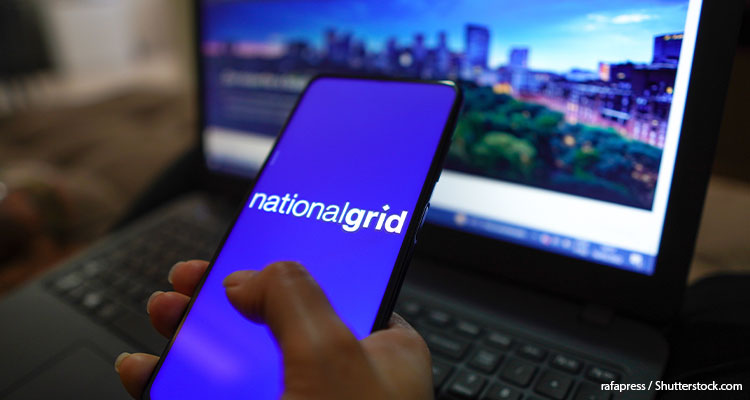
Domestic solar is adding pressure
Domestic solar PV installation rates in the UK are at their fastest since 2016, and threatening the national grid
NTT DATA UK&I, the leading IT services provider and industry consultancy, recently announced the results of its analysis into the installation of solar photovoltaic (PV) panels around the UK. According to twelve years of data, domestic solar panels made up 69 percent of added solar capacity in 2022. However, due to thermal and voltage constraints, Distribution System Operators (DSOs) have a limit on how much they can connect. This in turn is threatening the future of the renewable energy system.
The cost of electricity has risen rapidly in the past 12 months, driving sharp growth in residential solar panel installations. However, due to infrastructural constraints on the number of new generators that can be connected to the grid; a lack of investment in large-scale, industrial solar farms; and a low-price average for energy sold back to the grid, it will be a challenge for networks to capture this spike in renewable energy sources.
The Smart Export Guarantee, which pays homeowners to deliver excess energy back to the grid, only pays around 4.9p/kWh. In order to maximize their investment, homeowners are incentivized to store their excess energy through batteries, or DERs. Despite the space and expense DERs command, research shows that small-scale residential installations are rising quickly.
2022 was the first time since 2016 that domestic installations made up over a quarter of the UK’s solar capacity. In response to this, we now require the ability to manage supply and demand more locally, for a smarter, more efficient energy grid. This process, known as DSO transformation, reduces unnecessary carbon emissions and other wastage. However, this will require targeted government support as DSOs choose the most effective paths of investment to manage this uptick in generation capacity.